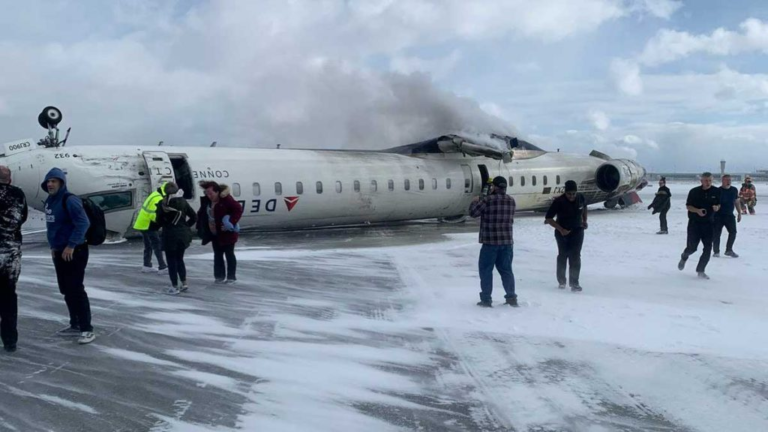The Caribbean region, celebrated for its stunning landscapes and rich cultural heritage, is situated atop a complex network of tectonic plates, rendering it susceptible to significant seismic activities, including earthquakes and tsunamis. This article delves into the underlying causes of these natural hazards, examines historical occurrences, and emphasizes the importance of preparedness to mitigate potential risks.

Tectonic Foundations of the Caribbean
The Caribbean’s seismic vulnerability stems from its position at the convergence of major tectonic plates: the North American, South American, and Caribbean plates. The interactions among these plates give rise to several fault lines, notably the Puerto Rico Trench and the Enriquillo-Plantain Garden Fault Zone. The Puerto Rico Trench, for instance, is a significant subduction zone where the North American plate descends beneath the Caribbean plate, leading to deep oceanic trenches and heightened seismic activity.
Historical Seismic Events
The Caribbean has experienced numerous significant earthquakes, some of which have triggered tsunamis:
- 2010 Haiti Earthquake: A devastating magnitude 7.0 earthquake struck near Port-au-Prince, resulting in catastrophic damage and a substantial loss of life.
- 2020 Caribbean Earthquake: A magnitude 7.7 earthquake occurred between Jamaica and Cuba, leading to evacuations and minor tsunami warnings.
- 2025 Caribbean Sea Earthquake: On February 8, 2025, a powerful magnitude 7.6 earthquake struck south of the Cayman Islands, prompting tsunami warnings across multiple nations, including Jamaica, Cuba, Mexico, Honduras, and Haiti. Authorities advised residents to evacuate coastal areas due to potential threats from high waves and strong currents. Fortunately, the warnings were later lifted, and no immediate reports of casualties or significant damage were noted.
The Tsunami Threat

Tsunamis in the Caribbean are often triggered by undersea earthquakes, volcanic eruptions, or underwater landslides. The region’s extensive and densely populated coastlines amplify the potential impact of tsunamis. For instance, the 2010 Haiti earthquake, while primarily causing damage through ground shaking, also raised concerns about potential tsunami threats due to its undersea fault lines.
Preparedness and Mitigation Efforts

Recognizing the inherent risks, Caribbean nations have undertaken various initiatives to enhance preparedness:
- Early Warning Systems: The establishment of the Caribbean Tsunami Warning Program (CTWP) aims to monitor seismic activities and provide timely alerts to vulnerable communities.
- Public Education Campaigns: Efforts to educate residents and tourists about recognizing natural tsunami warning signs, such as sudden sea level changes or unusual ocean noises, are crucial for prompt evacuations.
- Infrastructure Resilience: Implementing building codes that account for seismic risks can significantly reduce structural damage during earthquakes.
Conclusion
The Caribbean’s unique geological setting necessitates a proactive approach to understanding and mitigating earthquake and tsunami threats. Continuous research, public education, and investment in resilient infrastructure are essential to safeguard lives and property in this seismically active region.





